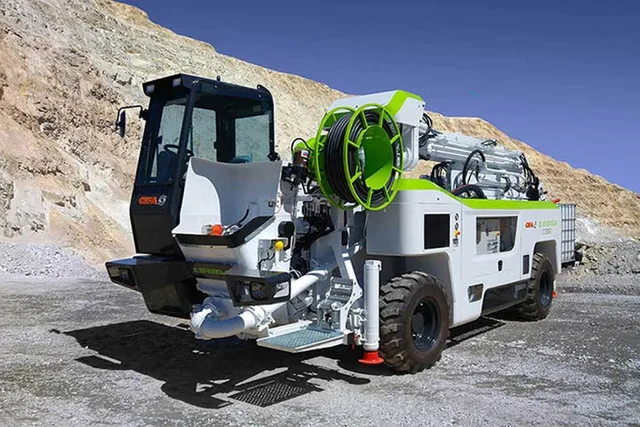Powering Your Project: The Ultimate Guide to Renting Big Loaders
Powering Your Project: The Ultimate Guide to Renting Big Loaders
Big loaders, also known as wheel loaders, are the workhorses of many construction and material handling applications. These powerful machines boast impressive loading capacities, maneuverability, and versatility, making them suitable for a wide range of tasks. But with various sizes and capabilities available, choosing the right big loader for your project can be a daunting task. Fear not, contractors! This guide will help you navigate the world of big loader rentals and identify the perfect machine for your specific needs.
Understanding Your Project Requirements
Before jumping into renting a big loader, a thorough understanding of your project specifics is crucial. Here are some key questions to ask yourself:
- Material Type: What type of material will the loader be handling? Sand, gravel, and soil require different bucket capacities and configurations than demolition debris or heavy rocks.
- Load Capacity: How much material needs to be loaded at a time? Renting a loader with an insufficient capacity will lead to wasted time and reduced efficiency.
- Work Area: Consider the size and layout of the work area. A large loader might struggle in tight quarters, while a smaller machine might lack the reach needed for your application.
- Lifting Height: How high does the material need to be lifted and dumped?
- Budget: Big loaders come with varying rental costs. Determine your budget and choose a machine that fits your needs without exceeding your financial constraints.
Big vs. Medium: Determining Your Size Needs
Big loaders are generally categorized as large or medium depending on their operating weight and bucket capacity.
- Large Wheel Loaders: These behemoths, like the 116-ton wheel loaders available for rent , are ideal for large-scale projects requiring significant material handling capabilities. Their immense power and lifting capacity make them perfect for loading trucks with heavy materials in bulk, clearing large areas of land, and performing heavy-duty excavation tasks. However, their size also makes them less suitable for cramped workspaces or jobs requiring precise maneuvering.
- Medium Wheel Loaders: Offering a balance between power and size, medium loaders like the 34-ton wheel loaders for Rent are versatile workhorses. They handle a wide range of materials with good loading capacity and provide better maneuverability than their larger counterparts. This makes them suitable for a variety of applications, including construction site preparation, material handling in moderate-sized spaces, and loading trucks with various materials.
Additional Considerations: Attachments and Features
Beyond size and power, consider the additional features and attachments that can enhance your big loader rental experience.
- Buckets: Different bucket sizes and types are designed for specific materials. Choosing the right bucket for your material type ensures optimal loading efficiency and reduces wear and tear on the machine.
- Forks: Forks can be attached to the loader for lifting and transporting pallets or other materials.
- Specialty Attachments: Several specialty attachments like snow plows, breakers, and grapples can further expand the versatility of your rented big loader.
- Safety Features: Always prioritize safety. Choose a rental company that offers well-maintained machines with all necessary safety features.
Conclusion: Renting the Right Big Loader
Choosing the right big loader rental isn't a one-size-fits-all solution. By carefully evaluating your project requirements, site conditions, and budget, you can select the machine that optimizes power, maneuverability, and efficiency for your specific needs. Remember to prioritize safety by choosing a reputable rental company that offers well-maintained machines and complete safety instructions. With the right information and planning, you can harness the power of a big loader to complete your project efficiently and successfully.















